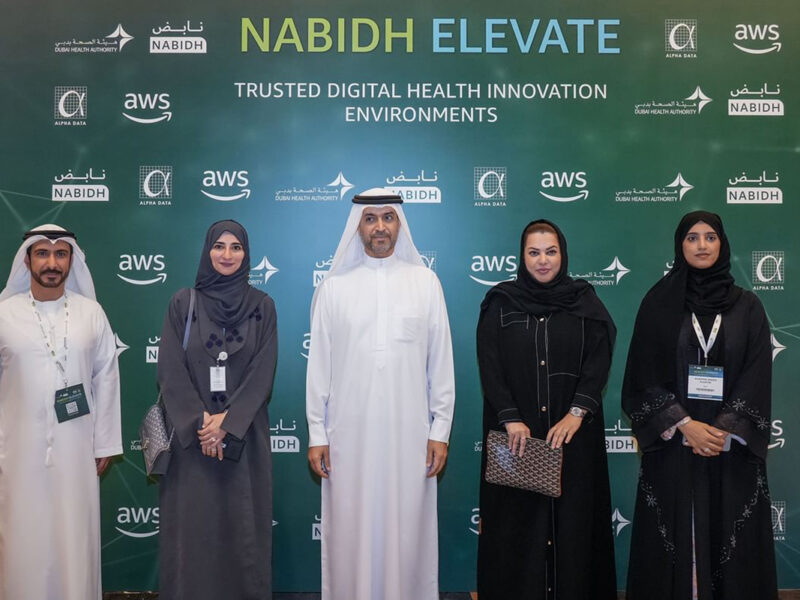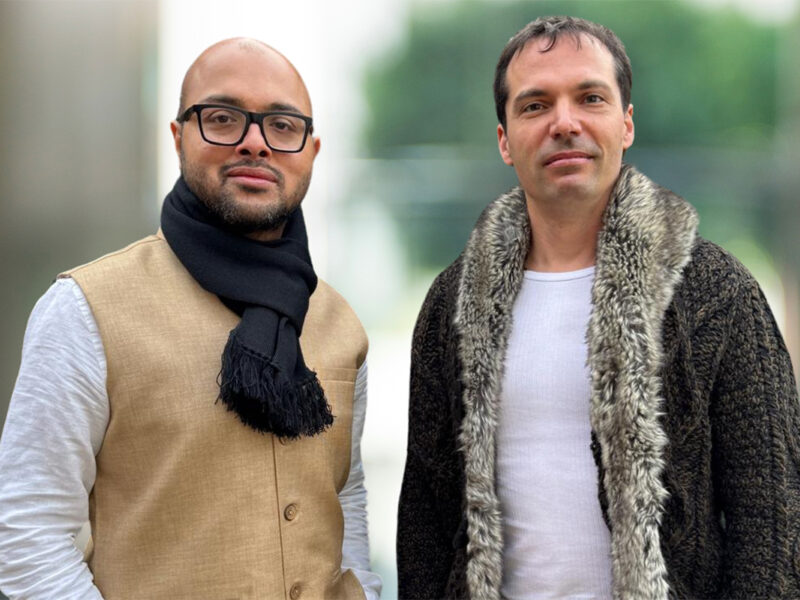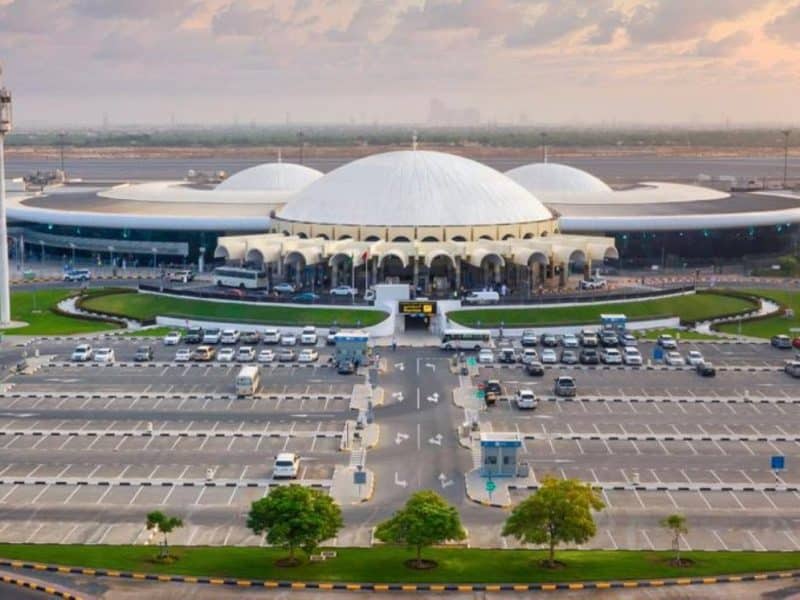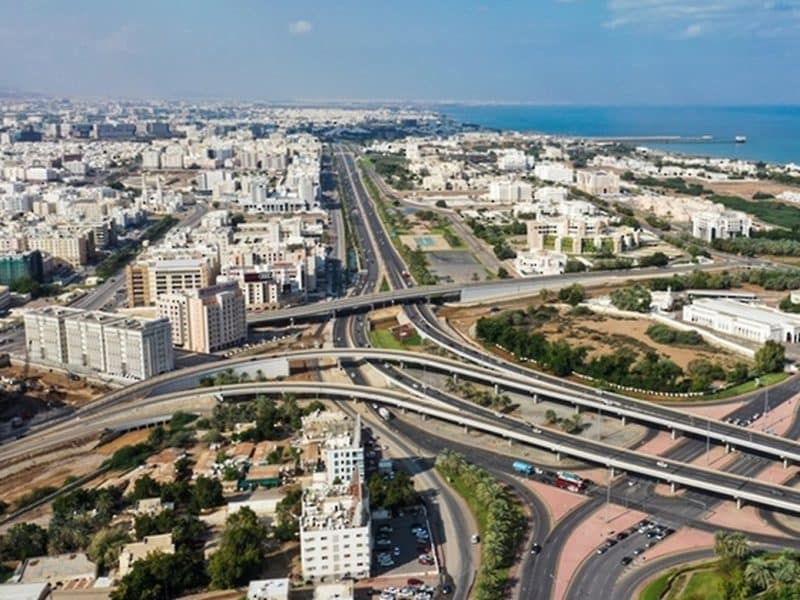GCC hospital revenues are predicted to grow by 5.8 percent in 2021, driven by a surge in medical devices, a growing branded generics market and increased investment in infrastructure and innovation, according to the latest industry analysis from Mashreq Bank and research firm Frost & Sullivan.
The healthcare industry is on track to rebound to pre-coronavirus levels, the report said. Hospital revenues were heavily impacted by a coronavirus-induced drop in outpatient visits and elective surgery volumes, but they are forecast to bounce back strongly in the first half of this year in most GCC countries.
Karim Amer, SVP, head of healthcare and education, Mashreq Bank, said: “For investors and innovators within the healthcare ecosystem, the Gulf is unquestionably full of opportunity. Increasingly digital opportunities are driving new trends – for example, soaring demand for e-commerce services will most likely result in a doubling of e-commerce providers by 2030. This shift to digital health will only continue to emerge in prominence moving forward.”
According to the report, one of the challenges the GCC healthcare sector faces includes a dependency on imports of drugs and medical devices, which significantly hampered healthcare spending last year.
In the US, for example, 70 percent of drugs in use are generics, while it is only 30 percent in the GCC. Additionally, healthcare digitisation is still limited in the region, with most applications still at a pilot stage. Private sector expenditure has also been less than 12-30 percent across GCC countries, placing a significant burden on the public healthcare system.
 Karim Amer, SVP, head of healthcare and education, Mashreq Bank
Karim Amer, SVP, head of healthcare and education, Mashreq Bank
Amer added: “While the UAE focuses on domestic pharmaceutical manufacturing and innovation, Saudi Arabia will spend big on nationwide infrastructure, and Bahrain will seek to attract large numbers of medical personnel to meet its growing demand for high-quality medical services. Like all GCC countries, Bahrain is very likely to see its medical devices market increase by 25 percent to 30 percent in 2021 as the number of elective surgical procedures increases.”
Pharmaceutical manufacturing is expected to become an $8 to $10 billion market in the GCC in the next few years, and about 25 percent of multinational manufacturers have already initiated discussions with local companies to collaborate and develop drugs in the region.
Notably, monoclonal antibodies and next-generation sequencing solutions are also emerging growth areas in the life sciences industry and are expected to create a $7 to $10 billion market in the MENA region in the next two years.
The United Arab Emirates to focus on domestic manufacturing
The UAE is expected to move towards greater self-reliance on domestically manufactured pharmaceuticals in 2021 and beyond. The nation imports products from about 72 countries, but 10 countries account for 80 percent of the supply. There were around 18 UAE-based companies in 2017, with this number expected to increase to 30 by 2021.
Similarly, the number of international scientific offices is expected to grow from 30 in 2013 to 75 by 2021. The UAE is also the first country to develop an effective fast-track system for the registration of innovative drugs, allowing both UAE patients and those from neighbouring countries seeking treatment to gain faster access to ‘innovator drugs’ inside the UAE.
The UAE recently launched Operation 300bn that aims to make the industrial sector the main main driver of UAE’s economy, contributing AED300 billion to the GDP by 2031, more than doubling its current contribution.
Saudi Arabia to continue investing in infrastructure
Healthcare is one of the main focus areas of the ambitious Saudi Vision 2030 and National Transformation Program 2020 (NTP), which seeks to improve healthcare services and facilities across Saudi Arabia.
With a population forecast to grow from 34.3 million in 2019 to 39.4m in 2030 and 45m by 2050, the kingdom plans to invest SAR250bn on healthcare infrastructure by 2030 and aims to increase private sector contributions from the current 40 percent to 65 percent by 2030.
The report forecasts that private healthcare expenditure will increase from 30 percent in 2019 to 65 percent in 2030. An estimated 40 to 50 percent of this investment is likely to be on infrastructure until 2025 and on digital solutions and medical consumables and implants beyond 2025.
Saudi Arabia is also poised to become a regional hub for medical consumables by 2023.
Bahrain investing heavily in digital transformation
Bahrain is investing heavily in the digital transformation of healthcare services and delivery – with its nationwide drive towards healthcare digitalisation likely to reach its peak within the next two-to-three years, attracting investments of around $0.5 – $0.6 billion by 2025.
Robotic surgery offers investors untapped growth potential and is forecast to become a $0.3 billion market by 2025.

Additionally, the medical devices, medical imaging, IVD, and digital health market in Bahrain was worth an estimated $0.8bn in 2019 and is currently growing at an annual growth rate of less than 6 percent.
Value-added products, rather than domestic manufacturing, will create growth opportunities over the next five years and, as the government focuses on elder care, the adoption of related home care products and solutions is likely to increase by 2025.
Kuwait to boost infrastructure development
The Mashreq-Frost & Sullivan report forecasts that Kuwait Vision 2035 is likely to boost investments in infrastructure development and upgrades.
The public health system has huge opportunities in generics, which are forecast to account for 60 percent of pharmaceutical market revenues, with domestic manufacturers capturing 20 percent of that revenue.

Domestic manufacturing of pharmaceuticals is also likely to gain momentum, increasing its contribution from current levels of 15 percent to 35 percent of the market by 2030.
Qatar to establish several new hospitals in line with the demand for specialised services
Medical tourism is expected to gain prominence in Qatar and be a focal point for the government’s strategy to diversify the economy away from oil.
The Mashreq-Frost & Sullivan report forecasts that the private sector will play a bigger role in healthcare infrastructure and delivery in the future in Qatar, assuming a growing portion of the country’s healthcare burden in the process.
The establishment of new facilities is set to continue with several new hospitals and clinics under construction to meet the growing demand for specialised services. This is in line with the Ministry of Public Health’s determined long-term target of reaching 5,700 hospital beds by 2033.









